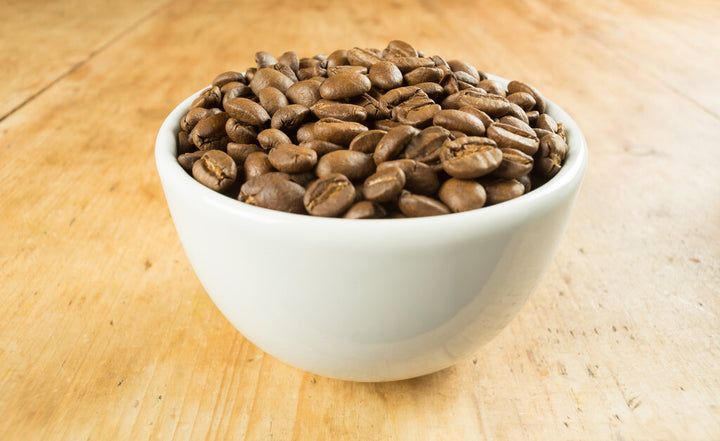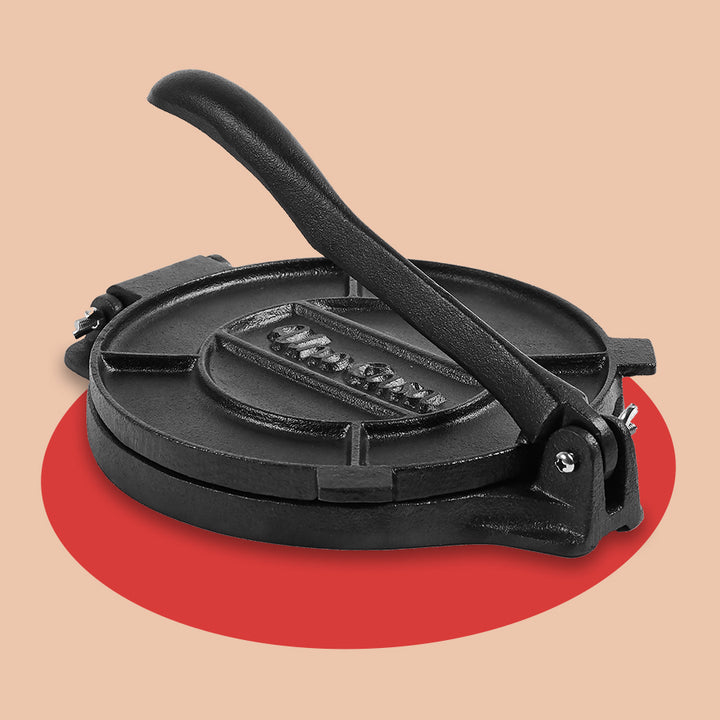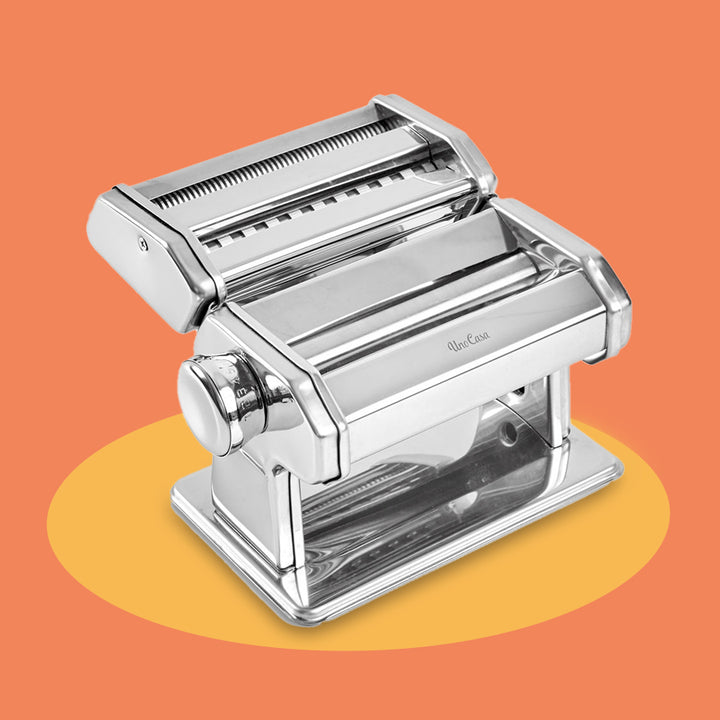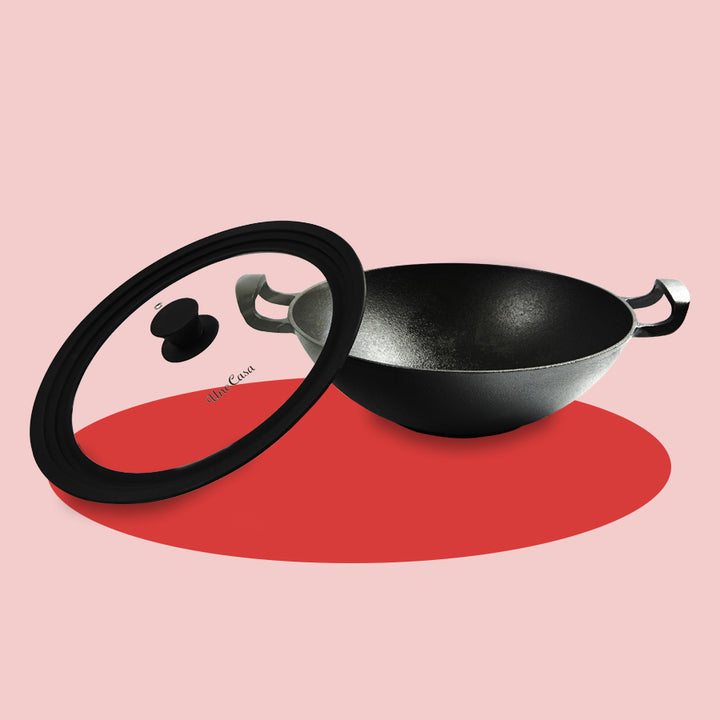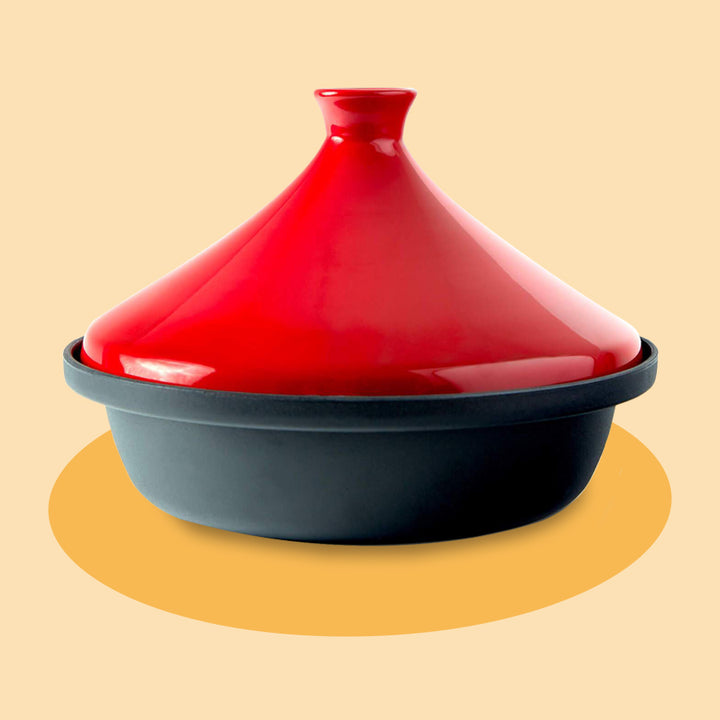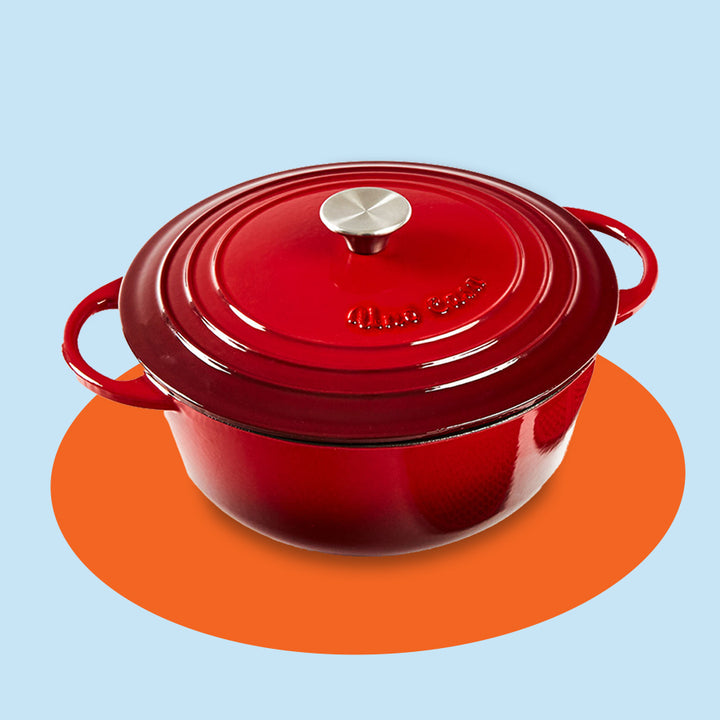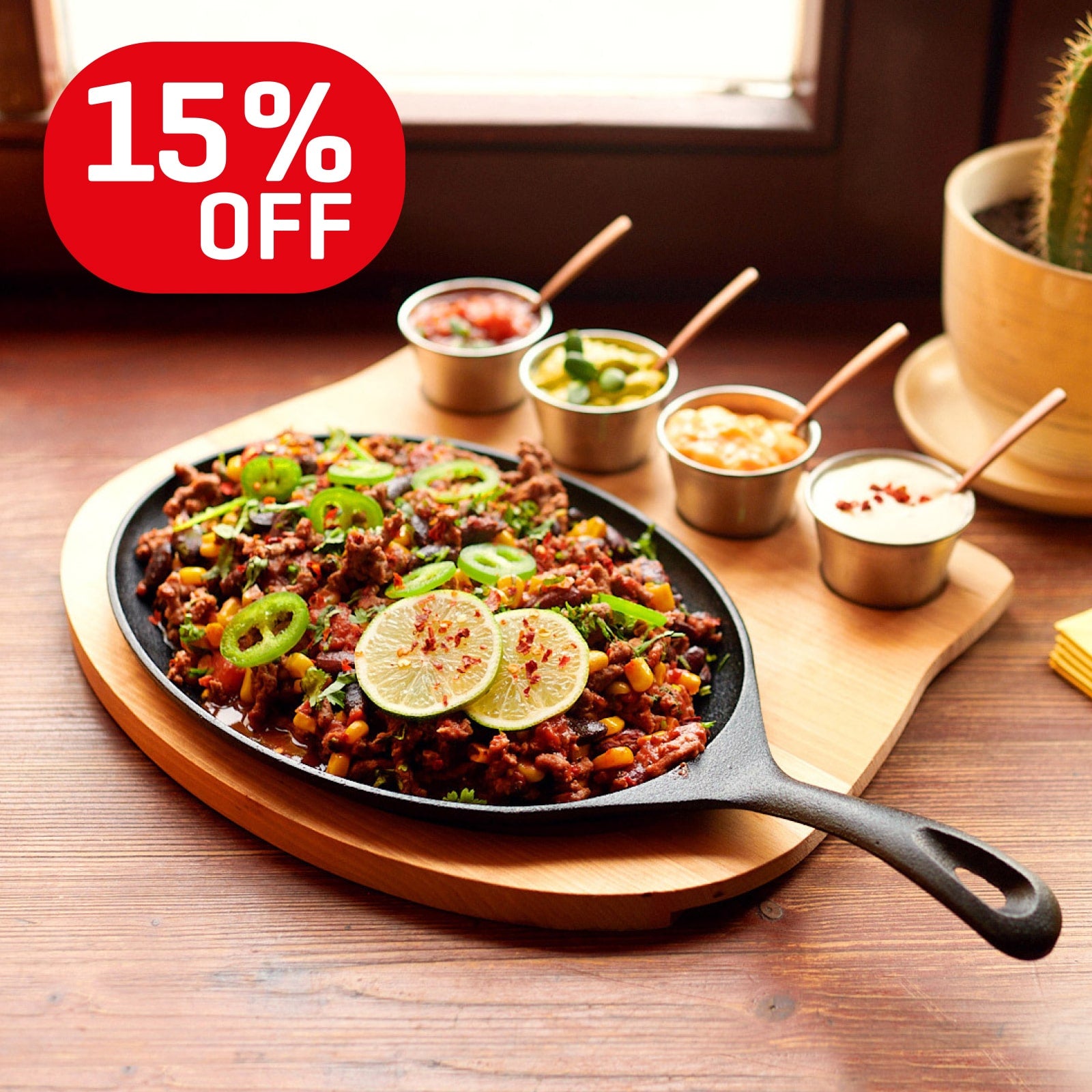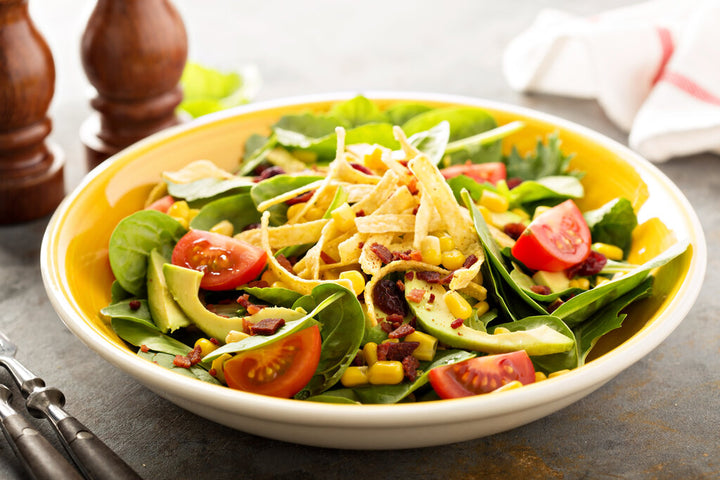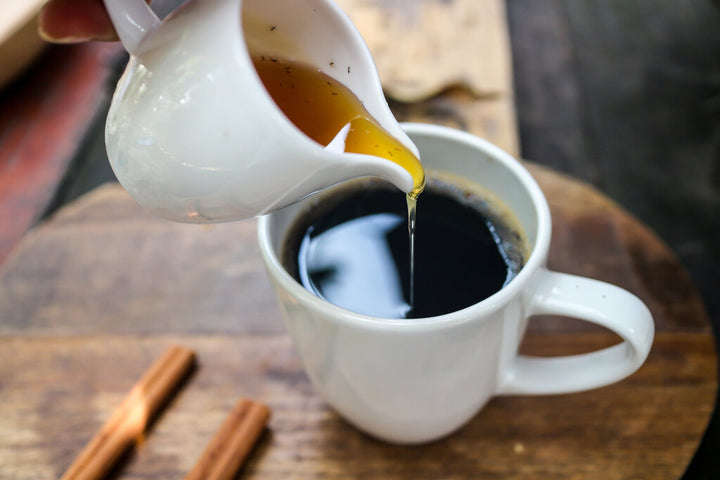Types of Beef: The Ultimate Guide to the Best Beef Cuts!
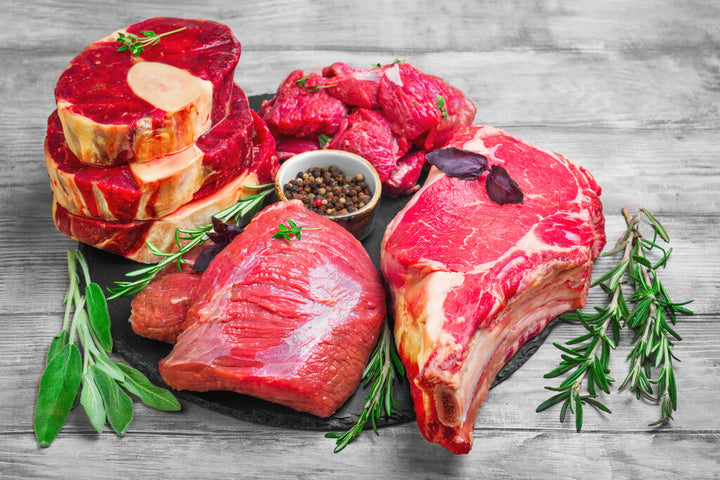
Sirloin steaks, chuck roasts, briskets, shanks, and stewing meat! There are so many different types of beef at your local butcher that it seems impossible to know which part of the cow the meat has been carved from, let alone which types of steak cuts are best for braising or which are the most tender cuts of beef!
Confused by all these different cuts of beef? Don't worry, so are we! But we decided to get to the bottom by asking our expert chefs for a breakdown of the most popular types of beef on the market.
In today's article, we answer all your beef-related questions with our ultimate guide to the best cuts of beef!
Different types of beef
Butchers do meticulous work, carving up a cow into as many usable cuts as they possibly can and ensuring that even the cow cheeks and hocks don't go to waste. With so many different cow parts to consider and so many potential cuts, it can often be confusing when you're walking down the meat-aisle at the store trying to decide on a sirloin, filet or ribeye!
To make things easier, butchers generally divide beef into eight different cuts. These are called 'Primal Cuts.' The butcher then divides these primal cuts into smaller 'Sub-Primal Cuts.'
The following list of beef cuts makes up the eight major parts of the cow that are carved into primal cuts:
- Brisket
- Chuck
- Flank
- Loin
- Rib
- Round
- Shank
- Short Plate
From these major primal beef cuts, you can then cut other types of beef steak. For example, the well-known sirloin steak comes from the cow's loin area, while the ribeye steak is cut from the rib area.
Different cuts have different textures and qualities. The ribeye is one of the fattiest cuts of beef, for instance, so if you're after a leaner cut, you need to go for top sirloin.
Let's take a look at these primal cuts in more detail, and explore the best way to cook these different types of beef.
Brisket
The brisket is well known in barbecue circles because this is a favorite cut for slow-cooking. The brisket is a large chunk of beef that's cut from the cow's breast, but it's renowned for being especially tough unless it's cooked right.
Because of the amount of collagen, or connective tissue, which is present in brisket, it needs to be slow-cooked to tenderize it. For that reason, it's a great option for smoking, braising, and barbecuing.
Brisket is divided into two sub-cuts: the flat cut and the point cut. The flat cut is much leaner than the point cut, which is fattier.
Chuck
Beef chuck comes from a cow's shoulder, and while it can be tough, it's also packed full of muscular flavor. The chuck, like the brisket, is tough because it contains a lot of collagen. Again, you need to slow-cook a chuck to break that collagen down and release the flavors and tenderize.
The chuck is divided into several sub-primal cuts, but the most well known are the flat iron steak or the chuck roast. If you're looking for a classic one-pot roast, then slow-cook your chuck roast in a cast iron Dutch oven with your favorite roasting vegetables!
Flank
The flank is one of the toughest cuts of meat you can find on a cow, and for that reason, flank meat isn't often used for grilling or even roasting.
It takes a long time for flank meat to become tender, so it's often reserved for stews or for braising. Flank meat, however, can often be much cheaper in comparison to tender cuts!
Loin
The loin is where we find some of the best beef cuts for grilling (use cast iron griddle for that). This is the cow's back area, just past the ribs, and the steak here is the tenderest you can find!
The loin area gives us some of the most expensive cuts of beef, including the sirloin, the tenderloin, the filet mignon, and the porterhouse. It doesn't matter beef tenderloin vs. filet mignon, these cuts are supremely tender, but you need to know how to cook them properly!
Rib
The ribs of a cow also provide some of the most tender (and expensive) types of beef. Popular types of beef ribs include ribeye steaks, prime ribs, and short ribs.
Rib cuts are best for outdoor or indoor grilling (this is classic steak cooking territory), but the rib roast is also a popular way to cook this part of the animal, as there's plenty of fat to be found here.
Round
The round is the lower back of the cow, which is also commonly known as the rump. Round cuts aren't as tender as the loin area, but they are often much, much cheaper to buy in the store.
Rump steak, for instance, can cost just a fraction of the price of the sirloin; but grill a rump steak carefully, and you'll find that you can release just as much flavor. If you're after lean cuts of beef, then the round is the way to go, as there's very little fat in this part of a cow.
Shank
If you're after a cheap, economical cut of beef, then look no further than the shanks. This cut is made exclusively from the cow's legs, which means there's very little fat and is almost fully muscle. This makes the shank extraordinarily tough, which is why it's cheap.
If you need a good stewing beef, then the shank is best prepared slowly in a rich sauce that really unlocks that deep, meaty flavor.
Short Plate
The short plate is a cut that's not quite as commonly used in the home kitchen as the other primal cuts.
The short plate is found by the ribs and is essentially the cow's belly. That makes this both tough and fatty, so it's best used with slow-cooking techniques such as braising or stewing.
Other types of meat cuts
Of course, there are so many more types of beef than the primal and sub-primal cuts we've had time to mention so far!
On top of these major steaks, a butcher has plenty more cuts to make from the cow. Nothing goes to waste, and you can always find a way to cook up cow liver, tongue, offal, tripe, and other less mainstream types of meat.
What to look for when buying beef?
When you're out shopping for your beef, it's important to know the different qualities that a particular cut is going to bring to the dining table and if the one you've chosen is suitable for the meal you're preparing. After all, you're not going to want to use the most expensive steak cut if you're slow-cooking a stew in a Dutch oven!
If you're after a tender steak, then you're going to want to go for a tenderloin, a sirloin, or perhaps even a round steak if you want a more affordable cut. For slow-cooking (think beef stews), you need a cut that's high in collagen, as this breaks down slowly to release the flavors and creates a tender finish.
It's important to look out for the right qualities when you're purchasing different types of beef, so always bear in mind what you're trying to cook and which beef cut is the most appropriate meat for that dish.
Which types of beef are your favorites?
That's a wrap for this beefy article, and as you've seen, the cow has many different types of beef cut to offer the humble and hungry connoisseur. There's a type of beef cut for every taste and every budget, and knowing the difference of ribeye vs. sirloin and chuck roasts vs. filet mignons will help you find what’s best for your dish!
Knowing your stewing beef from your lean steaks can help you select the best cut for dinner, but don't be afraid to try a new type of beef when you see it in the store. Why not bookmark our beef meat cuts guide for the next time you're hungry for a steak?
Leave a comment
Comments will be approved before showing up.
Also in Tips
